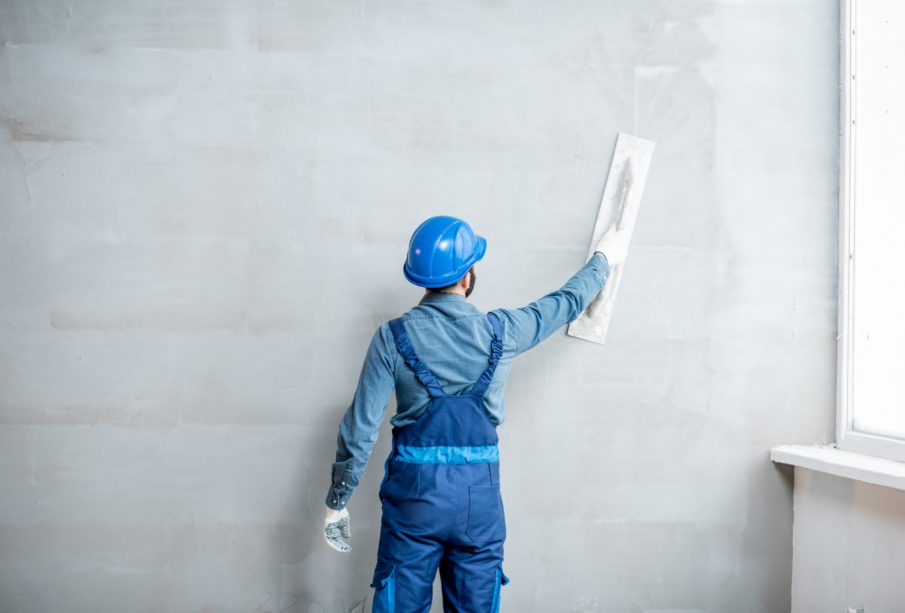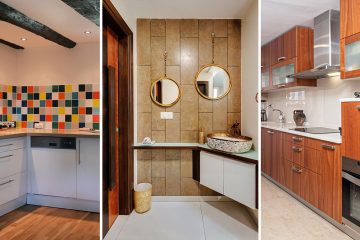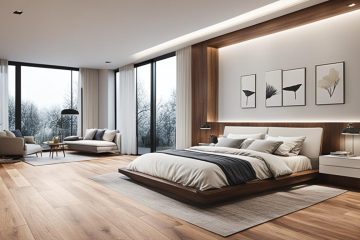Types of Interior Plastering Finishes And How to Identify Them

Plaster, stucco and cement can all be finished in a variety of ways. Plaster finishes are a powerful architectural tool for designing interior spaces. Some textures are closely linked to specific architectural movements. Including them in a project’s design or restoration can help bring out the authenticity of the finished product. Let’s take a look at different plastering finishes and how you can identify them.
Different types of plaster finishes:
Smooth Cast
Neat, also known as White Coat, is a smooth and level finish that has no texture or other finishing elements. Although plaster’s most common finish is Neat, that does not mean it must be boring. Plaster can often be used as a base layer to allow for more complicated techniques, such as trompe-l’oiel and faux bois, marbleizing, Venetian plaster, Venetian plaster, Venetian plaster, or faux bois. Gypsum-based plasters are most commonly associated with smooth cast. Plasters will repeat the process of troweling and compressing the plaster to achieve this look. To keep the surface smooth, water is often used during troweling.
Rough Cast:
This plaster finish, also known as Float Finish is rough and coarse in appearance. It is used on exterior stucco applications, but French country, Tudor and sometimes craftsmen use it indoors as a plaster-finishing technique. Although this technique is no longer as popular, it was once a way to add a creative element to a room before the turn of the century. It was used historically to hide uneven surfaces or rooms that weren’t perfectly plumb. Although less formal, there are many ways to scrape the plaster. Sometimes small amounts of plaster can be troweled “erratically” on the plaster to achieve a similar appearance. However, this would generally be considered a texture finish. With a wood float, the plaster is continuously rubbed over while it’s still wet. To give the aggregate a course appearance, use a circular trowel motion to bring it to the surface.
Sand Faced
This finish can be confused with true lime plaster’s final look. It is applied in multiple coats with the last coat consisting of a thin layer of sand on top of a curing plaster substrate. The final result is a finely texture plaster that feels rough and coarse to the touch. Because sand faced plaster can be difficult to work on, many people do not paint them with motifs. In modern times, synthetic sand can be mixed with plaster to apply to ceilings. Sand Cast can also be floated with a trowel, just like Rough Cast.
Pebble Dash:
After being mixed into the final plaster mixture, very small pebbles of less than 1 mm size are added to the surface. It is most common in exterior finishes. However, it can also be found in lower-level interior plastering Auckland spaces where plaster is more susceptible to cracking. It sticks together even in damp conditions because of its strong rock finish and thick plaster under layer. After plaster has been applied, wet plaster can be applied to the surface. Then pebbles can be thrown onto the surface. Pebbles stick to the surface when they are broadcast and then thrown on the surface by hand.
Scrapped:
The plaster layers that have been thickly applied are removed. This exposes air pockets and long scrape marks. (The size of the marks will depend on what scraping tool is used). The scraping technique has similar properties to the pebble dash finish. It helps to prevent cracking by revealing air pocket expansion and contraction over time, causing cracks in the surface.
Depeter:
This finishing technique is perhaps the most uncommon. It uses either larger gravel-sized stones or flint material to achieve the desired effect. The gravel is almost perfectly aligned, with only small ridges that separate each row of rock unlike in pebble dash. This finishing application is often applied directly to masonry and is great for areas that are damp or susceptible to cracking.
Textured:
This category includes any finishing application that doesn’t use any of the above techniques. Hand-finished textures are commonly applied in the following common ways: jagged finish, fancy-edge trowel and fanned. There are many unique textures available.
Plaster is more than a smooth, flat surface. It’s rich in possibilities. Experiential plasterers and architects can use a variety of finishing techniques to add interest to a space and draw attention to specific areas. Different textures can add depth and complexity to a space, no matter how small.







